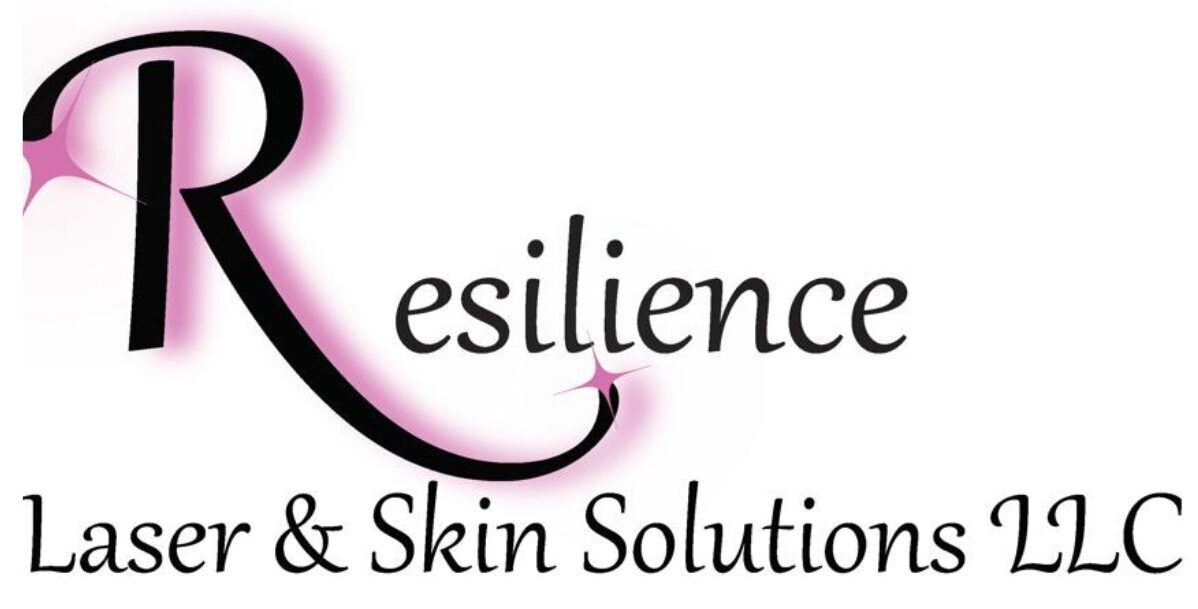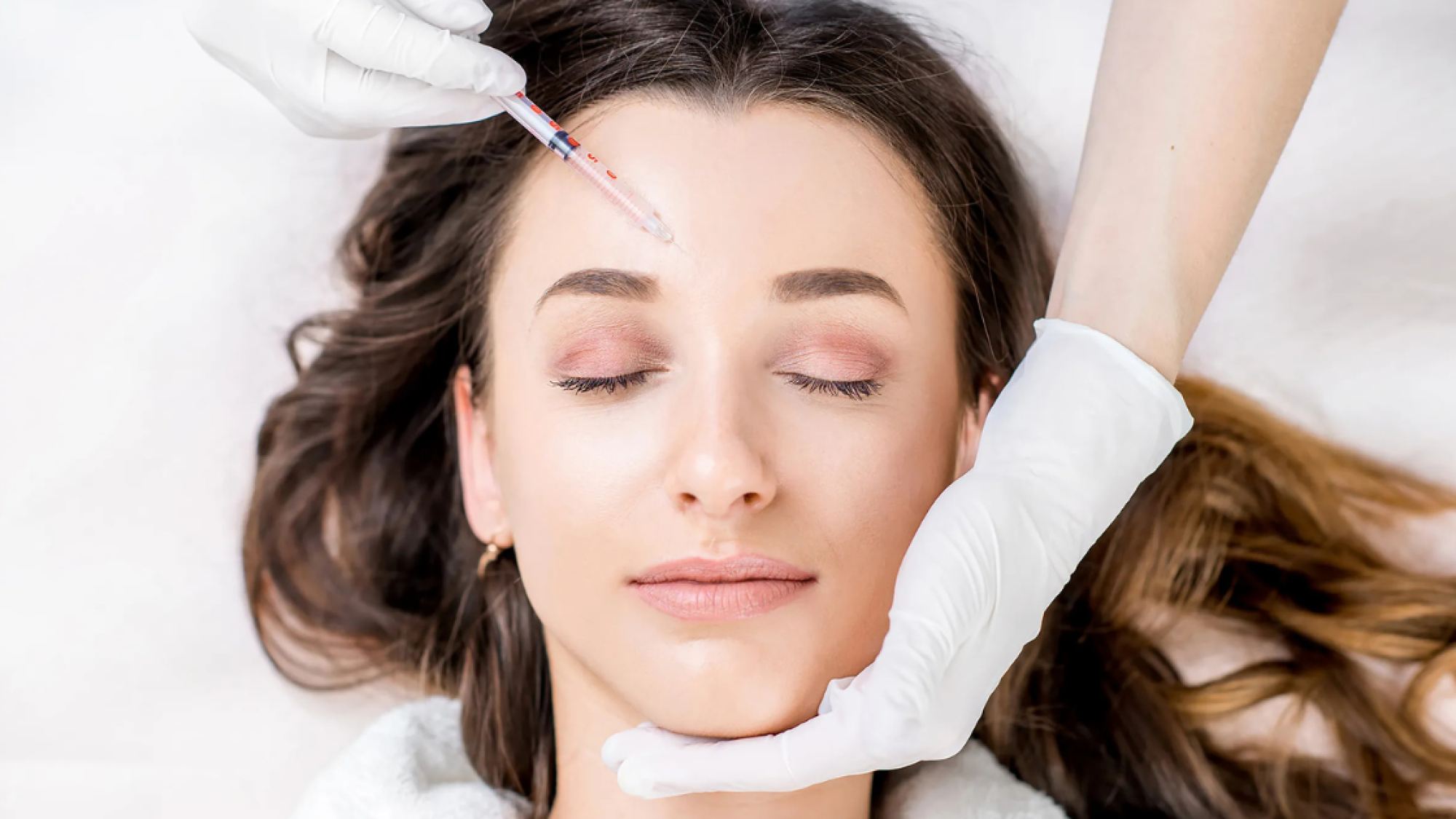When most people hear the word Botox, they think of wrinkle-free faces and celebrity beauty routines. But Botox is much more than just a cosmetic fix. It was originally developed as a medical treatment, and today it’s used to help with several health problems that have nothing to do with appearance. From easing migraines to helping with bladder control, Botox is proving to be a powerful tool in modern medicine.
In this article, we’ll break down the unusual and medical uses of Botox in a way that’s easy to understand. Whether you’re someone dealing with chronic pain, muscle spasms, or excessive sweating, you might be surprised at how this simple injection could change your life. Let’s get into it.
Unusual and Medical Uses of Botox
Botox for Chronic Migraines
Chronic migraines are more than just headaches. They can cause pain, nausea, sensitivity to light, and last for days. For some people, nothing seems to work. That’s where Botox comes in. In 2010, the FDA approved Botox as a treatment for chronic migraines. It works by relaxing the muscles and blocking the nerve signals that cause pain.
Doctors usually inject Botox around the head and neck. It takes about 15 minutes, and the results can last up to three months. Many patients report fewer migraine days each month and a better quality of life. This treatment isn’t a cure, but it can be a game-changer for those who suffer regularly.
TrapTox: Shoulder Slimming & Tension Relief
“TrapTox” might sound trendy, and in a way, it is. It’s a nickname for Botox injections in the trapezius muscles—the ones that run along your neck and shoulders. People use it for both pain relief and a slimmer neckline.
If you carry a lot of tension in your shoulders or suffer from pain in your neck, this treatment could help. Botox relaxes those overworked muscles, leading to less tension and sometimes even a more elegant posture. While influencers may rave about the aesthetic effect, the real win for many is the reduction in daily discomfort.
Hyperhidrosis Treatment (Excessive Sweating)
Do you sweat more than normal—even when it’s not hot or you’re not exercising? This condition is called hyperhidrosis, and it can be embarrassing and hard to manage. But Botox can help.
Botox stops the sweat glands from getting signals that tell them to produce sweat. It’s commonly used under the arms, on the hands, feet, and even the forehead. The treatment usually lasts about six months, and many patients feel a huge sense of relief. No more worrying about wet shirts or shaking hands.
Botox for TMJ & Jaw Clenching
TMJ (temporomandibular joint disorder) and jaw clenching can lead to headaches, face pain, and even damage to your teeth. Botox is now being used to relax the jaw muscles that cause these problems.
The injection is quick and easy, and many patients notice less pain and fewer clenching episodes. For some, it even changes the shape of their jaw slightly, making it look slimmer. So it helps you feel better and may improve your appearance too.
Overactive Bladder and Urinary Incontinence
Struggling with sudden urges to pee or accidents you can’t control? That might be an overactive bladder. Botox can help calm the bladder muscles and give you more control.
Doctors inject Botox directly into the bladder wall using a small scope. It might sound scary, but the procedure is usually done with numbing medication and takes less than 30 minutes. The effects last for about six months, and many patients report fewer accidents and less anxiety about leaving the house.
Eye Conditions: Strabismus & Blepharospasm
Botox was first approved for treating eye muscle problems. Strabismus (crossed eyes) and blepharospasm (uncontrolled blinking or eye twitching) can make life difficult. Botox helps by relaxing the muscles around the eyes.
It only takes a small amount to stop the spasms and allow the eyes to work more normally. Treatments can be repeated as needed, and many people experience better vision and comfort afterward.
Depression, Psoriasis & Other Emerging Research
Believe it or not, scientists are studying Botox for a wide range of conditions, including depression and skin issues like psoriasis. The research is still new, but early results are promising.
Some doctors think Botox may help with depression by relaxing facial muscles involved in frowning. Others believe it might reduce inflammation that contributes to skin problems. These uses aren’t approved yet, but they show how versatile this treatment could be in the future.
Is Medical Botox Covered by Insurance?
Here’s a common question: if Botox is used for medical reasons, will insurance cover it? Sometimes, yes. Insurance companies are more likely to cover Botox when it treats a condition like migraines, bladder issues, or eye spasms. They usually want proof that other treatments didn’t work first.
Always check with your provider. Your doctor may need to write a note or fill out a form. But for many, the savings can be worth the effort.
Risks, Side Effects & Things to Know
Like any treatment, Botox isn’t perfect. Some people feel soreness or swelling where the shot went in. Others might have flu-like symptoms or headaches.
In rare cases, the Botox can spread to nearby muscles and cause unwanted effects. That’s why it’s important to choose a trained, licensed professional. Make sure you understand what you’re getting and how it might affect you.
Final Thoughts: Should You Try Medical Botox?
Botox isn’t just for looking younger. It can help people feel better and live more comfortably. From migraines to sweating to bladder problems, this treatment is opening doors for people who once felt stuck.
If you think Botox could help you, talk to your doctor. Ask questions, get the facts, and see if it’s the right choice. You deserve to feel your best—and Resilience Laser and Skin Solutions might be the perfect place to explore whether medical Botox is right for you.
Frequently-Asked Questions (FAQs)
How long does medical Botox last?
Most treatments last about 3 to 6 months, depending on the condition being treated and the area of the body.
Is Botox safe for medical use?
Yes, when used by trained professionals, Botox is considered very safe. It has been FDA-approved for several medical conditions.
Will my insurance cover Botox for medical reasons?
Possibly. If you’re getting Botox for an approved condition like migraines or bladder problems, insurance may help cover the cost.
Are there any side effects?
Some people experience mild pain or swelling at the injection site. More serious side effects are rare but possible.
Can anyone get medical Botox?
Not everyone is a good candidate. Your doctor will evaluate your condition and medical history to decide if it’s right for you.



Leave Your Comment